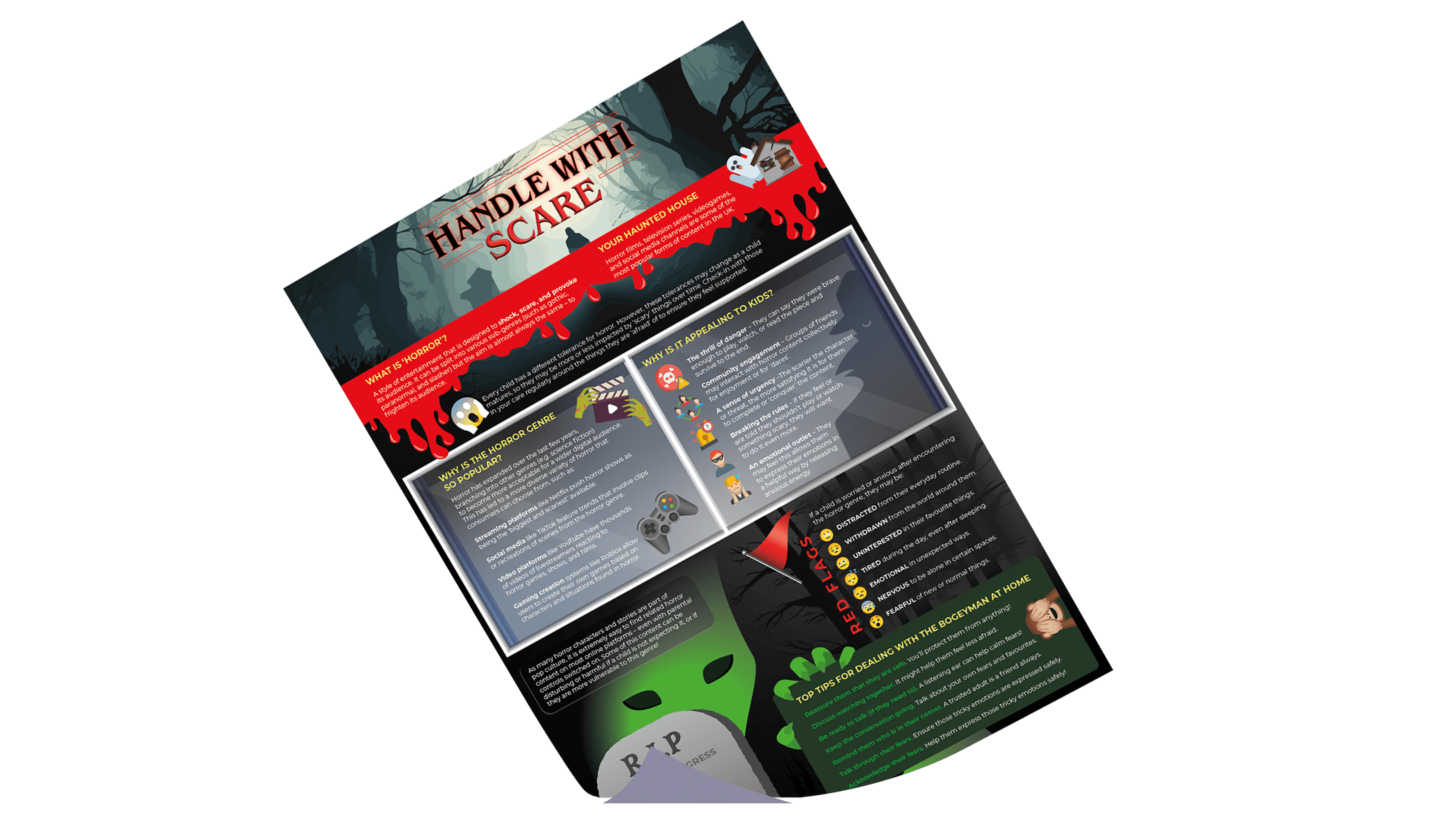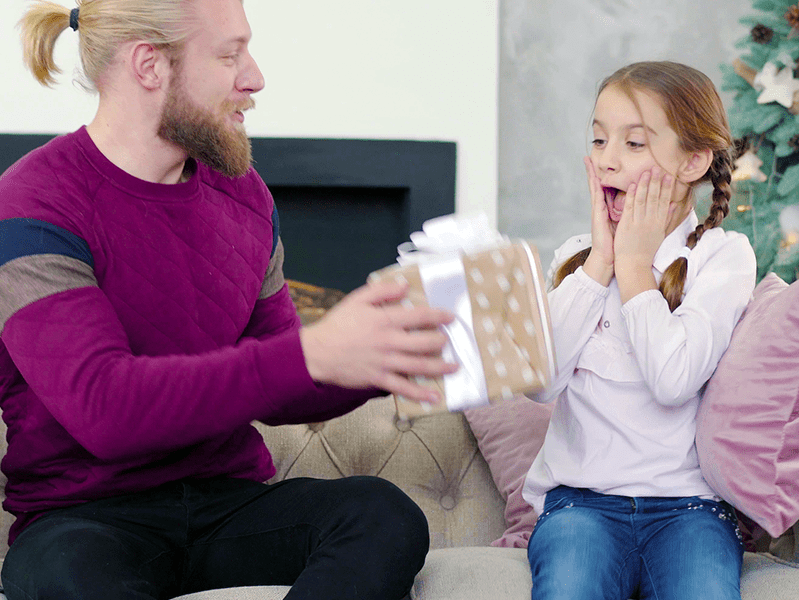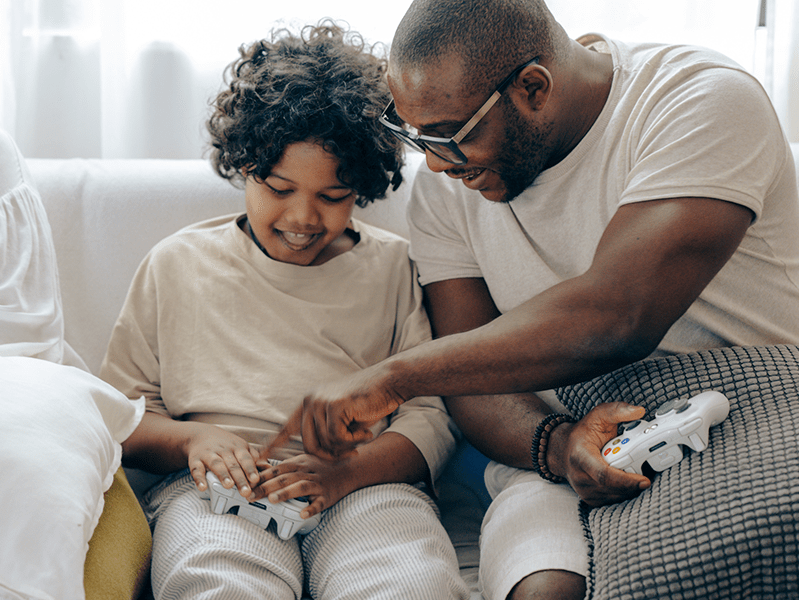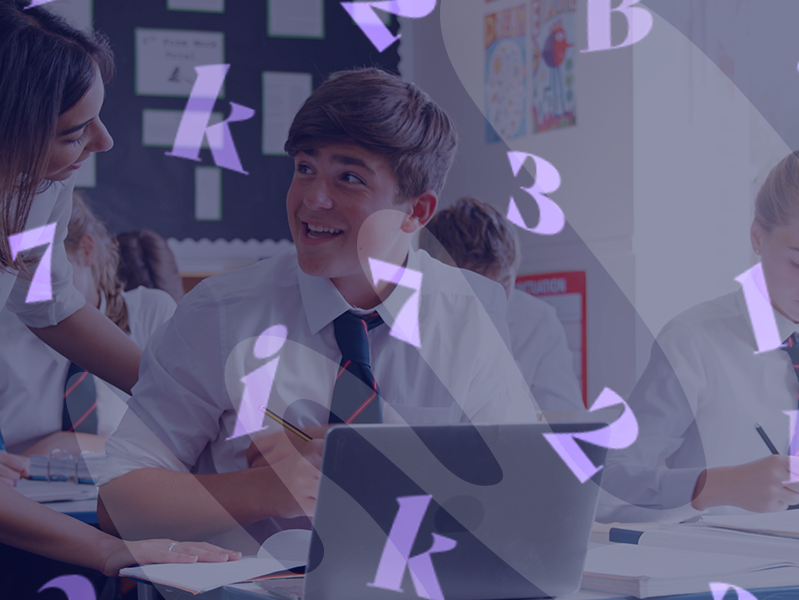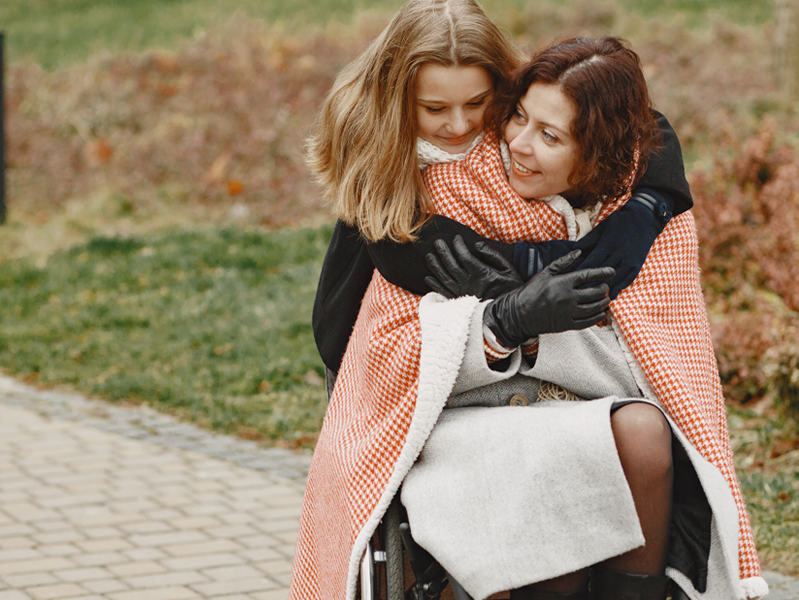Last Updated on 18th December 2025
Reading Time: 8.6 mins
October 27, 2025
Today’s children and young people are engaging with content that would have seemed unbelievable when their parents were their age. It can make it difficult for parents and carers to decide what is ‘age appropriate’ and what is not. This is especially true for horror, a popular genre that uses the shocking and the scary to impact its viewers.
We take a look at how the horror genre presents in the digital world, as well as the risks parents, carers, and safeguarding professionals should be aware of. Keep reading if you dare…
What Is It?
The horror genre is a style of entertainment that is designed to shock, scare, and provoke its audience. It can be split into various sub-genres such as gothic, paranormal, and slasher, but the aim is almost always the same – to frighten its audience. There are multiple forms horror can appear in, such as:
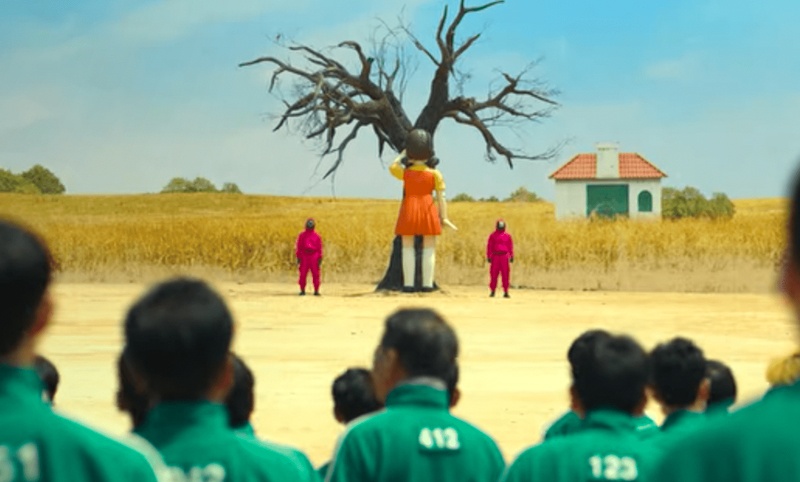
Squid Game ©Netflix

Dahmer ©Netflix
Why Is the Horror Genre So Popular?
Its popularity has expanded over the last few years, branching into other genres (e.g., science fiction) to become more acceptable for a wider digital audience. This has led to a more diverse variety of horror that consumers can choose from.
As many of these characters and stories are part of pop culture, it is extremely easy to find related content on most online platforms – even with parental controls enabled. Some of this content can be disturbing if a child is not expecting it or if they are more vulnerable to this genre.
Why Is Horror Appealing to Children and Young People?
Younger audiences may find the appeal is directly tied to the ‘panicked’ feeling of witnessing scary situations, or of seeing relatable characters face off against ‘bad guys’. They may also feel:
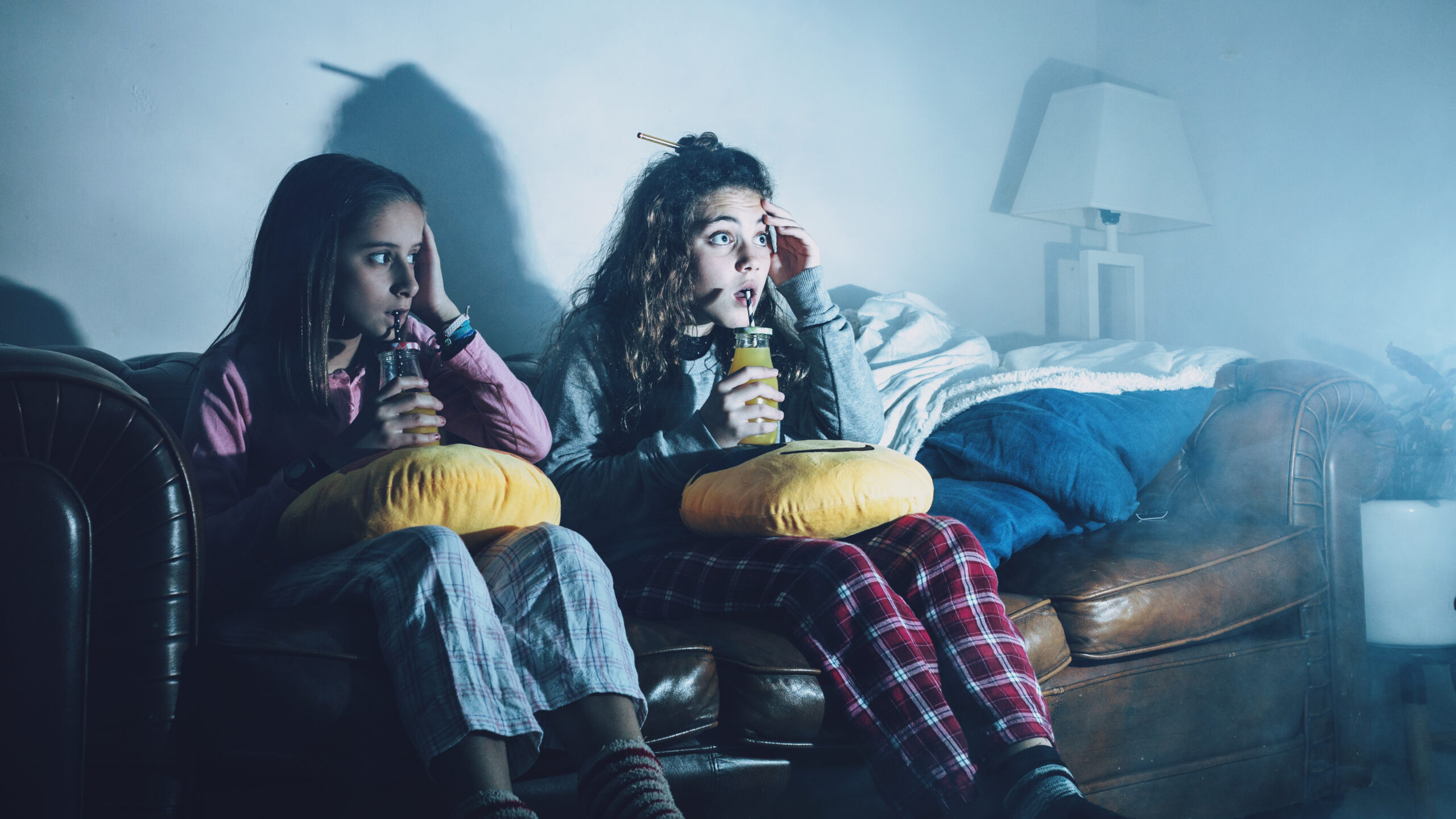
Potential Risks and Concerns
There are multiple risks that may come from children and young people being exposed to frightening content before they are prepared, such as:
Red Flags
Every child is different. Some may genuinely enjoy horror and not struggle with any lasting feelings of fear or panic in response. Many of these characters (e.g., Slender Man, Eleven, Squid Game guards) have even become popular Halloween or fancy-dress costume choices for children. However, if a child is worried or anxious after engaging with horror, they may be:
If your child is exhibiting these behaviours, it does not mean that they are reacting to something scary. However, if the child in your care comes across something scary or disturbing online, encourage them to:
Top Tips
Ensure They Know Their Trusted Adults
It’s important your child knows they can come and speak to you without fear of judgement or consequence. Use our Trusted Adult Resources to teach children and young people about the importance of seeking help from trusted people if something worries or upset them. If necessary, ask them to show or tell you what they have found, and follow appropriate reporting procedures on platforms if you are concerned.
Don’t Minimise How They’re Feeling
If the child in your care is having nightmares or is anxious about something they’ve watched, acknowledge their feelings and have a conversation about how they can express them in a healthy way. You can use our emotions journal to help them describe complex emotions such as fear or worry in a way that is not overwhelming to them.
Join our Safeguarding Hub Newsletter Network
Members of our network receive weekly updates on the trends, risks and threats to children and young people online.

